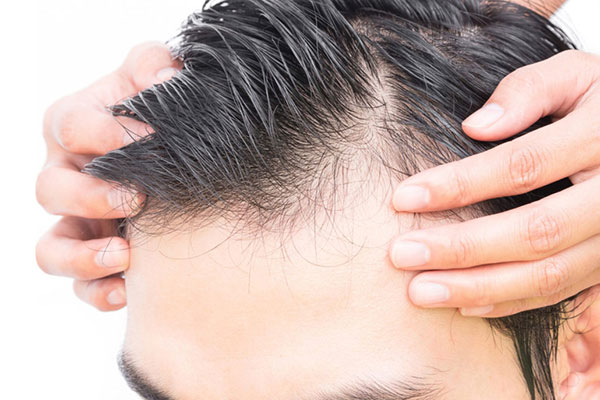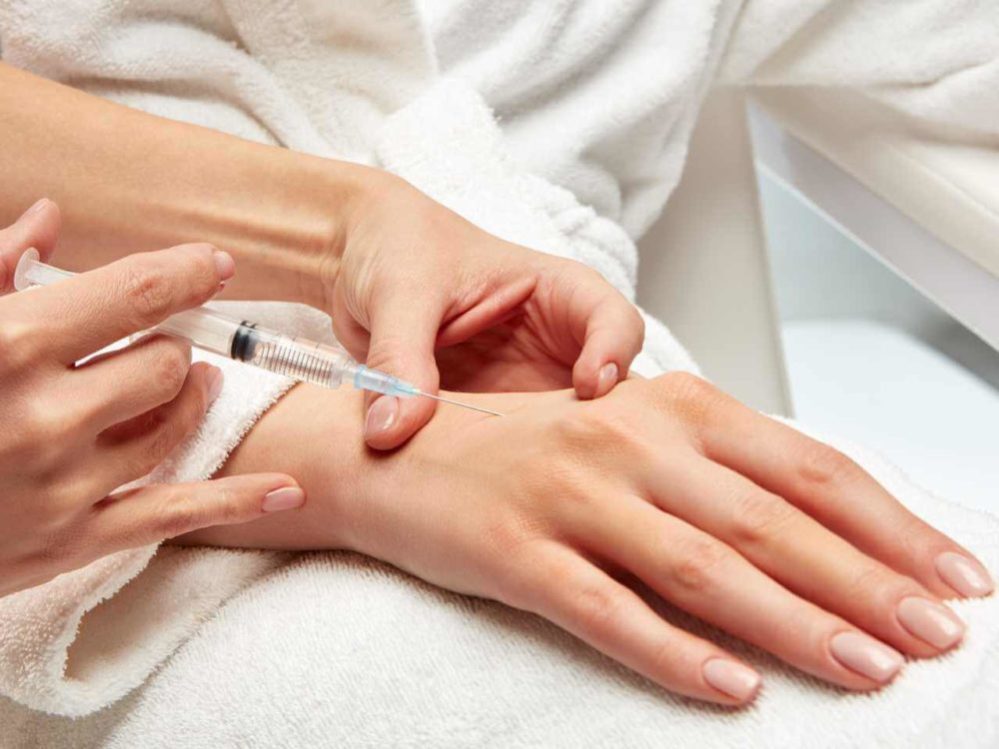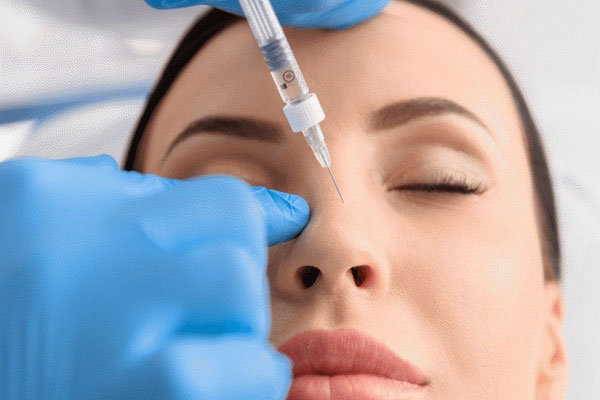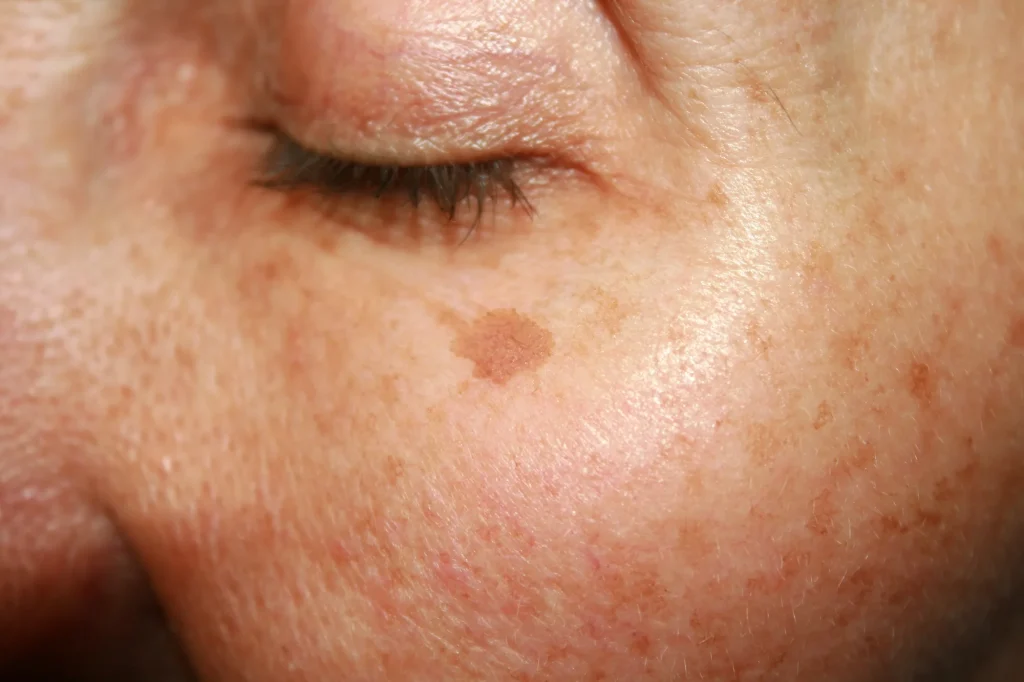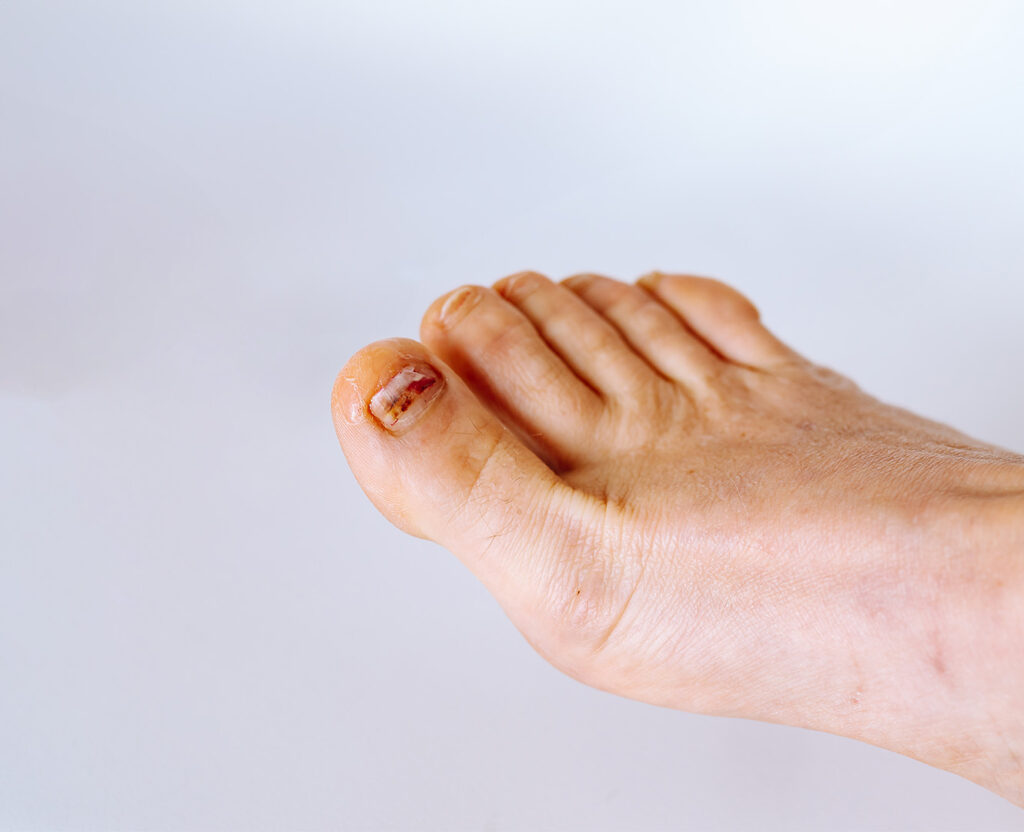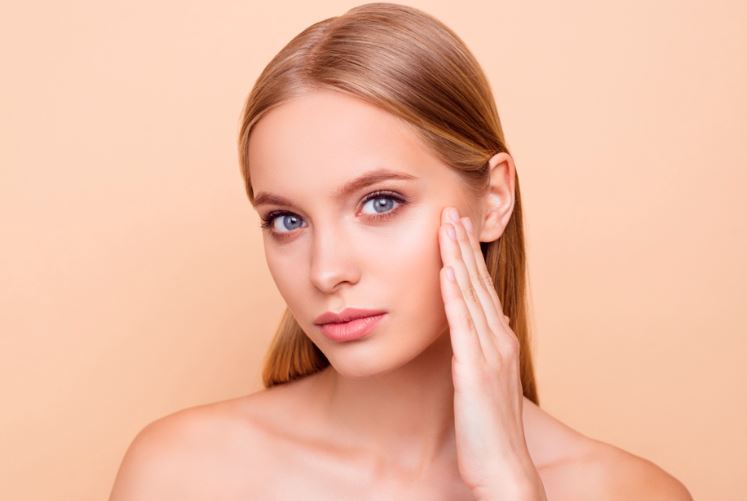
Dark Spot Treatment

What Causes Skin Spots?
Skin spots, or hyperpigmentation, occur due to an increase or uneven distribution of melanin—the pigment responsible for skin color. Common triggers include prolonged sun exposure, hormonal changes, acne scars, aging, and genetic predisposition. The most frequent types of pigmentation include sun spots (solar lentigo), melasma, and post-inflammatory hyperpigmentation.
Treatment Methods for Skin Discoloration
Spot treatment is tailored based on the type, depth, and cause of pigmentation, as well as the individual’s skin type. Professional methods aim to even out the skin tone and restore a brighter, healthier appearance. In many cases, a combination of treatments provides optimal results.
Laser Pigmentation Treatment
Devices like Q-Switched ND:YAG or fractional lasers target pigmented areas by breaking down melanin clusters. This helps fade discoloration and restore the skin’s natural tone over time.
Chemical Peels
Peels using agents such as alpha hydroxy acids (AHA) or trichloroacetic acid (TCA) exfoliate the top layer of the skin, removing dead cells and promoting renewal. They improve uneven pigmentation and skin texture.
Mesotherapy & PRP
Customized cocktails or platelet-rich plasma (PRP) derived from the patient’s own blood are injected into the affected area. These treatments rejuvenate the skin and reduce visible pigmentation.
Which Pigment Types Respond Best?
Treatment can be effective for melasma, sun spots, birthmarks, age spots, and acne-related discoloration. Deeper pigmentation may require a series of sessions and a combination of approaches for visible improvement.
Treatment Duration and Number of Sessions
The treatment plan is personalized, and the number of sessions may vary. Typically, 3–6 sessions are recommended with 2–4 weeks between each session. Improvements in skin brightness and tone can often be seen from the first session.
Post-Treatment Care
Mild redness, sensitivity, or flaking may occur after treatment. Sun protection is critical to prevent recurrence. Daily use of a high-SPF sunscreen (SPF 50+) is strongly recommended. 📌
Dark Spot Treatment Prices
Treatment costs vary depending on the method used, the extent of the pigmentation, and the number of sessions required. For personalized pricing and treatment plans, please contact our clinic.
| Treatment Method | Session Duration | Recommended Sessions | Targeted Spot Types |
|---|---|---|---|
| Laser Therapy | 20–30 minutes | 3–6 sessions | Sun spots, melasma |
| Chemical Peels | 30 minutes | 3–5 sessions | Acne scars, age spots |
| Mesotherapy | 20 minutes | 4–6 sessions | Melasma, uneven skin tone |
| PRP (Platelet-Rich Plasma) | 30–40 minutes | 3–4 sessions | Post-inflammatory pigmentation |
Conclusion
Dark spot treatments help restore your skin’s natural glow by reducing uneven pigmentation and discoloration. When performed by professionals and tailored to the individual’s skin needs, these treatments offer long-term improvement. Consistent care and sun protection are key to achieving and maintaining successful results.
Frequently Asked Questions
Are the results of spot treatment permanent?
With the right method and consistent sessions, dark spots can be significantly reduced. Sun protection is essential for long-lasting results.
Is the procedure painful?
Most treatments involve only mild discomfort, such as a tingling or burning sensation, which is generally well tolerated. Numbing cream can be applied beforehand if needed.
What is the best season for treatment?
Fall and winter are the most suitable seasons for pigmentation treatments due to reduced sun exposure.
What skincare is required after treatment?
Use gentle cleansers, apply moisturizer regularly, and always wear sunscreen to protect and maintain results.

